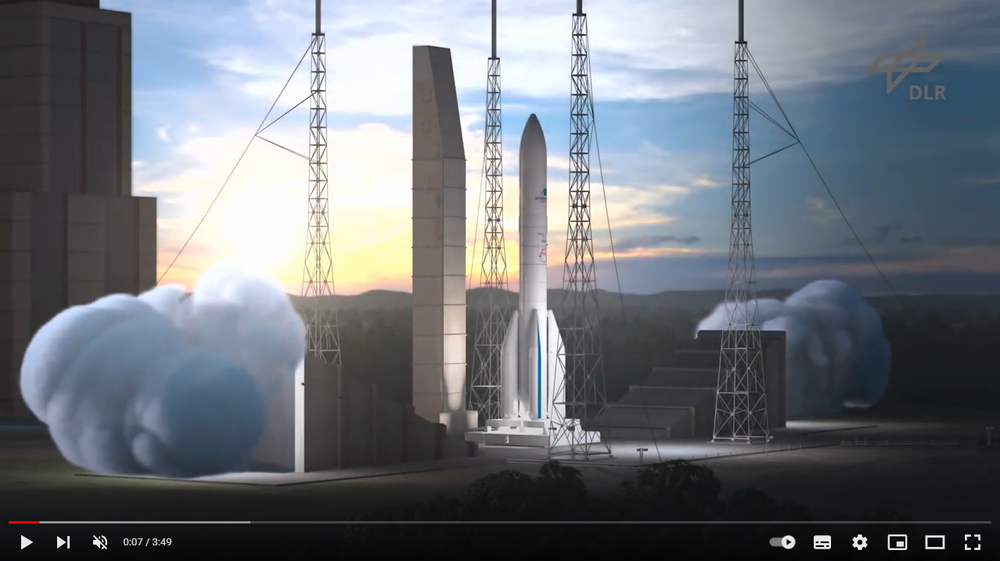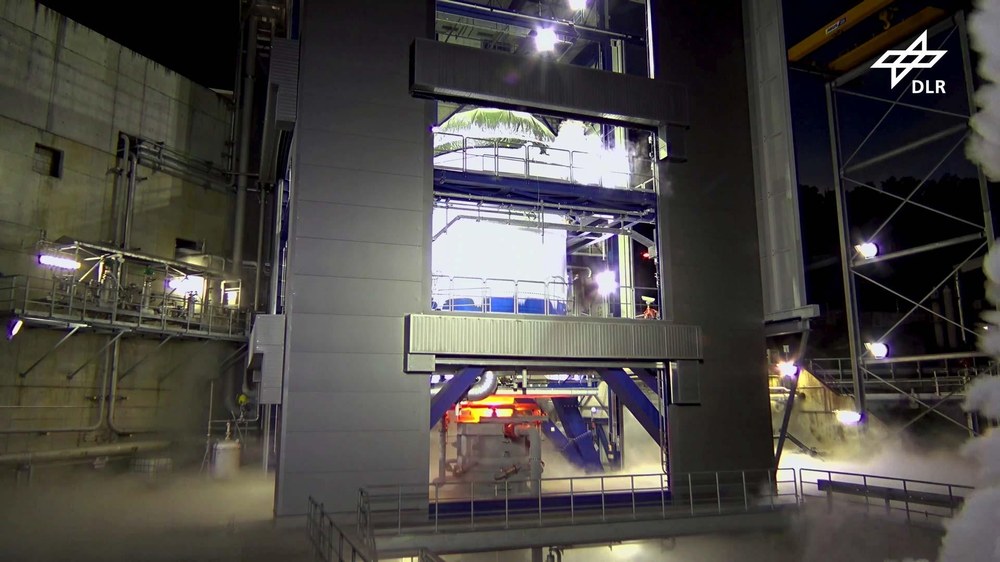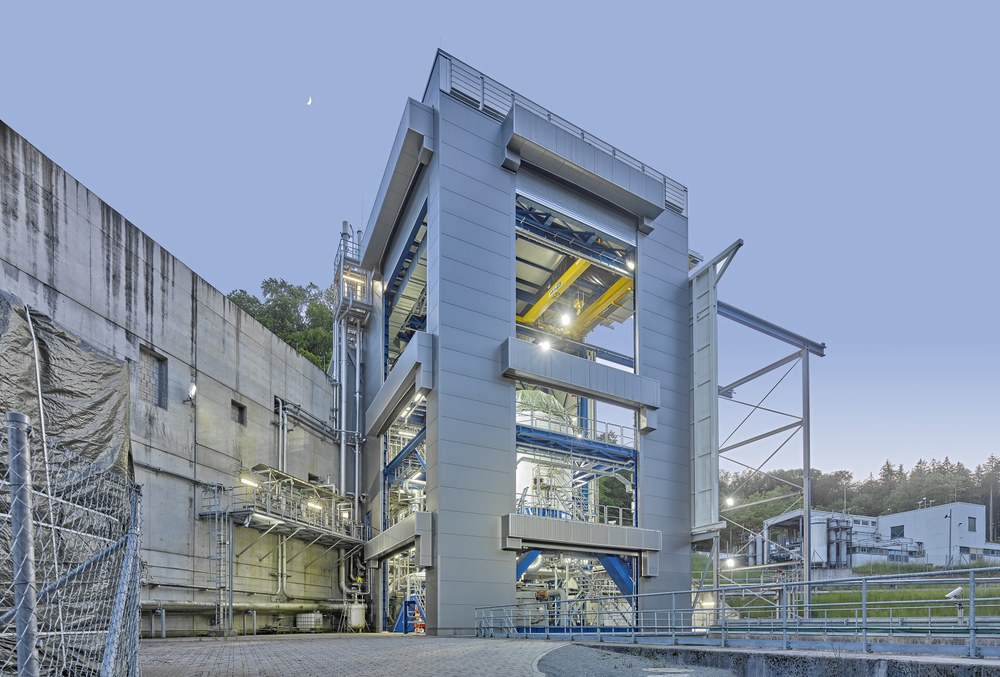Upper stage competence

Your consent to the storage of data ('cookies') is required for the playback of this video on Youtube.com. You can view and change your current data storage settings at any time under privacy.

Your consent to the storage of data ('cookies') is required for the playback of this video on Quickchannel.com. You can view and change your current data storage settings at any time under privacy.
DLR, ESA, ArianeGroup
The development of the P5.2 upper stage test stand on behalf of the European Space Agency ESA was a mammoth task for the DLR team. Constantly new requirements and conditions adapted to the upper stage presented the DLR engineers with major challenges. After all, testing under stage-like supply conditions is the supreme discipline among hot-running tests. They place the highest demands on the technology and are therefore a particular challenge for the team and infrastructure. The pressure and temperature of liquid hydrogen and oxygen, especially in transient phases during cooling, ignition and firing, must be just right. After several weeks of intensive preparation, the tests usually take around 17 hours each. All aspects are simulated, including the preparation and post-processing of the stage. This includes refueling with liquid oxygen and liquid hydrogen as well as emptying the tanks at the end of the test. The test stand team collects a large amount of important data during the tests: for example, on the ballistic phases in which the upper stage flies without thrust, the so-called coast phase, on the pressure build-up in the tanks before engine ignition, on engine re-ignition and on the function of the nozzles used for attitude control. The findings from these tests are fundamental to finalizing Ariane 6 and making it ready for launch into space.


